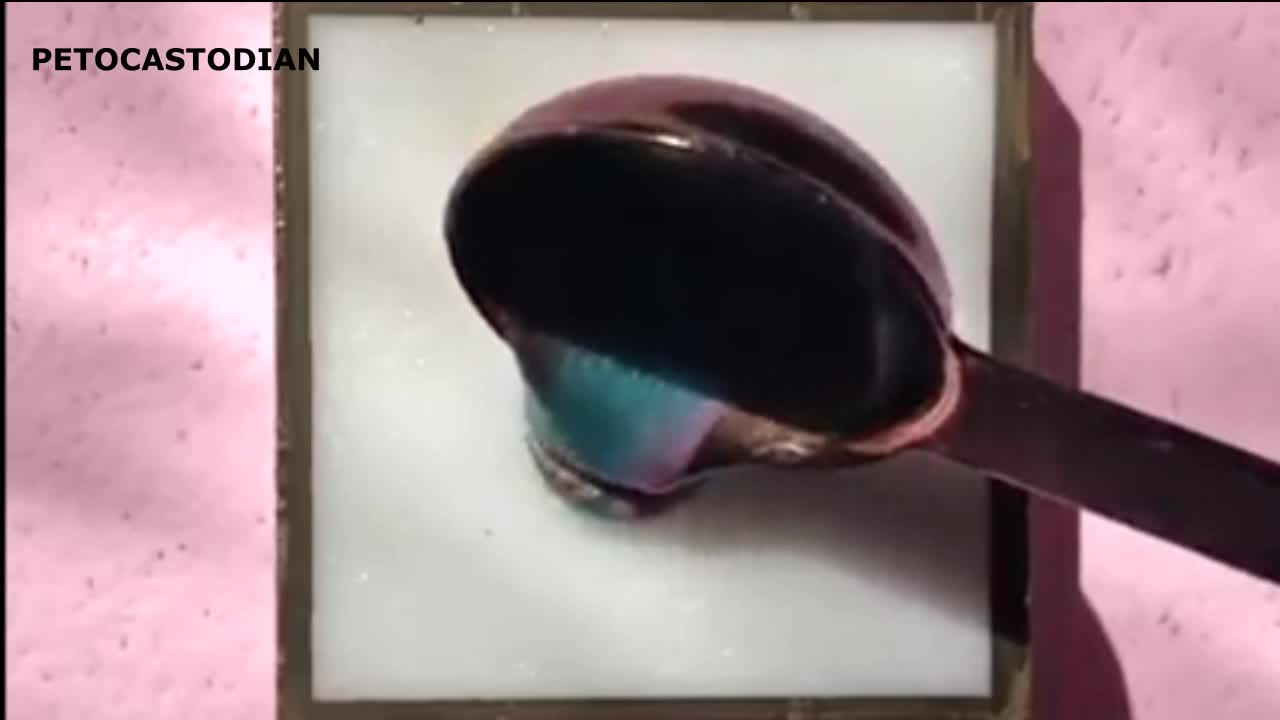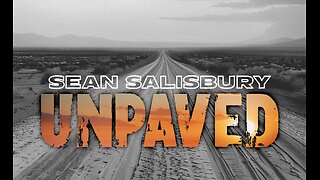Premium Only Content

WAX SEALING..MOST BEAUTIFULL SATISFYING VIDEO
Sealing wax is a wax material of a seal which, after melting, hardens quickly (to paper, parchment, ribbons and wire, and other material) forming a bond that is difficult to separate without noticeable tampering. Wax is used to verify something such as a document is unopened, to verify the sender's identity, for example with a signet ring, and as decoration. Sealing wax can be used to take impressions of other seals. Wax was used to seal letters close and later, from about the 16th century, envelopes. Before sealing wax, the Romans used bitumen for this purpose.
Formulas vary, but there was a major shift after European trade with the Indies opened. In the Middle Ages sealing wax was typically made of beeswax and 'Venice turpentine', a greenish-yellow resinous extract of the European Larch tree. The earliest such wax was uncolored; later the wax was colored red with vermilion. From the 16th century it was compounded of various proportions of shellac, turpentine, resin, chalk or plaster, and coloring matter (often vermilion, or red lead), but not necessarily beeswax. The proportion of chalk varied; coarser grades are used to seal wine bottles and fruit preserves, finer grades for documents. In some situations, such as large seals on public documents, beeswax was used. On occasion, sealing wax has historically been perfumed by ambergris, musk and other scents.[1]
By 1866 many colors were available: gold (using mica), blue (using smalt or verditer), black (using lamp black), white (using lead white), yellow (using the mercuric mineral turpeth, also known as Schuetteite[2]), green (using verdigris) and so on. Some users, such as the British Crown, assigned different colors to different types of documents. Today a range of synthetic colors are available.
The modern day has brought sealing wax to a new level of use and application. Traditional sealing wax candles are produced in Canada, Spain, France, Italy and Scotland, with formulations similar to those used historically.
Since the advent of a postal system, the use of sealing wax has become more for ceremony than security. Modern times have required new styles of wax, allowing for mailing of the seal without damage or removal. These new waxes are flexible for mailing and are referred to as glue-gun sealing wax, faux sealing wax and flexible sealing wax.
aling wax is available in the form of sticks, sometimes with a wick, or as granules. The stick is melted at one end (but not ignited or blackened), or the granules heated in a spoon, normally using a flame, and then placed where required, usually on the flap of an envelope. While the wax is still soft, the seal (preferably at the same temperature as the wax, for the best impression) should be quickly and firmly pressed into it and released
-
 7:40
7:40
ProactivTV
4 years ago $0.07 earnedWorlds Most Satisfying Fishing video Ever 2020
1.79K -
 LIVE
LIVE
Jeff Ahern
54 minutes agoMonday Madness with Jeff Ahern
596 watching -
 LIVE
LIVE
RalliedLIVE
2 hours ago $1.21 earnedSHOTTY BOYS WARZONE CHALLENGES
219 watching -
 LIVE
LIVE
StoneMountain64
2 hours agoPUBG maximum LOGIC + STRATEGY for the WIN
106 watching -
 57:20
57:20
HotZone
7 hours ago $0.02 earnedWar Continues as Israel Strikes HARD in Lebanon and Iran
3.6K4 -
 LIVE
LIVE
Viss
3 hours ago🔴LIVE - Dominating The Battleground with Tactics! - PUBG
164 watching -
 1:38:15
1:38:15
Russell Brand
3 hours agoGlastonbury Goes RADICAL - Police Probe 'Death to the IDF' Chant - SF605
192K17 -
 1:32:42
1:32:42
Tucker Carlson
3 hours agoRFK Jr. Provides an Update on His Mission to End Skyrocketing Autism and Declassifying Kennedy Files
72.1K52 -
 1:09:56
1:09:56
Sean Unpaved
3 hours agoCode, Kill, Cash & Trades: Beasley Bets & NFL Trades
25.4K2 -
 1:06:29
1:06:29
MTNTOUGH Podcast w/ Dustin Diefenderfer
5 hours agoJeremy Noble: What Army Rangers Do Every Day to Build Unbreakable Mental Toughness | MTNPOD #122
17.1K